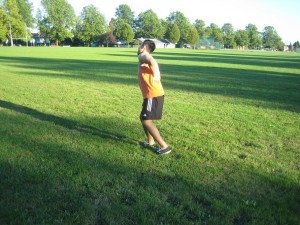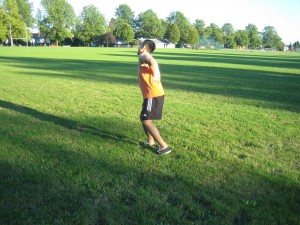Arachnoiditis is an uncommon condition that can occur when something occurs in the spine such as a back surgery. The root cause of the condition is not limited to surgery.
The condition is defined by irritation or inflammation of the tissue that covers the spinal cord and brain. The arachnoid membrane is the central layer of this covering which provides protection against the forces on the cord from the outside.
Just like with other inflammatory conditions, once the arachnoid membrane is irritated, it can trigger pain. The irritation arises once the spinal cord is crushed whether from injury or spinal procedure.
Once arachnoiditis develops, the inflammation results to the formation of scar tissue. This can cause the spinal nerves to adhere incorrectly. The clumping is likely to arise in a specific region in the spinal canal.
What are the causes?

Arachnoiditis is generally due to some form of damage or disruption to the spine. It often manifests once something is done to the spine such as:
- Spinal surgery especially the non-minimally invasive types
- Spinal infections that can be viral, bacterial or both
- Trauma
Other possible causes include tumors and CT myelograms that are carried out to diagnose lesions in the subarachnoid space.
What are the signs?
The seriousness of the back pain linked with arachnoiditis can vary from minor to excruciating. The symptoms might include nerve sensations such as burning and stinging in the low back and legs.
It can be accompanied by paresthesia. The pain and paresthesia often arise in the patchy sites that are not linked to dermatomal distribution.
In some cases, debilitating muscle cramping, spasms or twitching can occur. The condition can also affect the bowel, bladder and sexual function. In severe cases, it can lead to paralysis of the lower limbs.
Management of arachnoiditis
Arachnoiditis is a chronic pain condition that does not respond to currently available treatment options. The prognosis is often muddled by lack of a predictable pattern of symptoms.
Remember that the condition is hard to treat. The most effective approach is based on how debilitating it is. Take note that there is also no guarantee that any treatment is effective in alleviating the symptoms.

